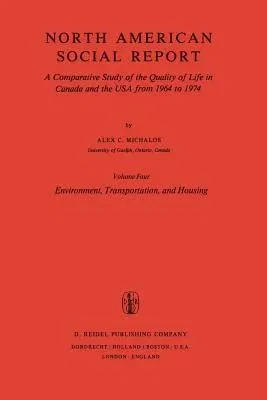Alex C Michalos
(Author)Environment, Transportation, and Housing: A Comparative Study of the Quality of Life in Canada and the USA from 1964 to 1974. Vol. 4: Environment, TraPaperback - Softcover Reprint of the Original 1st 1981, 30 September 1981

Qty
1
Turbo
Ships in 2 - 3 days
In Stock
Free Delivery
Cash on Delivery
15 Days
Free Returns
Secure Checkout
Part of Series
Social Indicators Research Programmes
Print Length
308 pages
Language
English
Publisher
Springer
Date Published
30 Sep 1981
ISBN-10
9027712883
ISBN-13
9789027712882
Description
Product Details
Author:
Book Edition:
Softcover Reprint of the Original 1st 1981
Book Format:
Paperback
Country of Origin:
US
Date Published:
30 September 1981
Dimensions:
22.86 x
15.24 x
1.65 cm
Genre:
Canadian
ISBN-10:
9027712883
ISBN-13:
9789027712882
Language:
English
Location:
Dordrecht
Pages:
308
Publisher:
Weight:
417.3 gm

